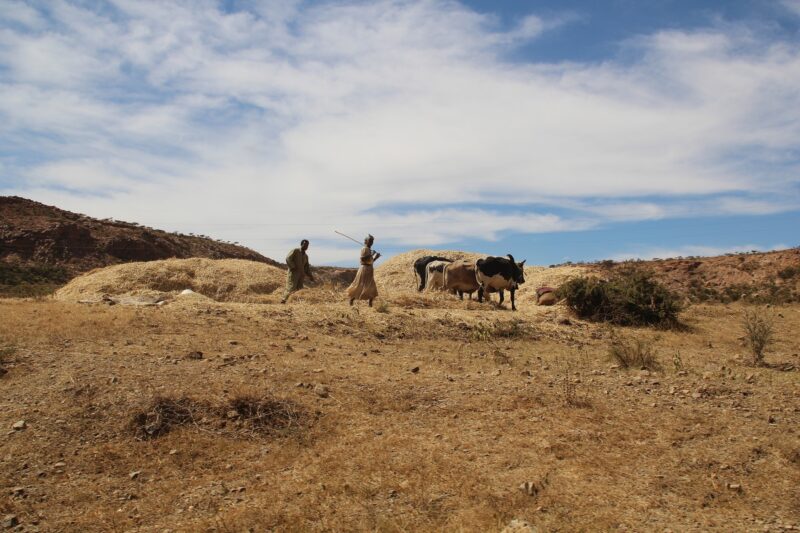Completed
Risks of water and food insecurity in the Horn of Africa Drylands
Contacts
Funder
Partners
Cardiff University, University of Bristol, VU Amsterdam, University of Gent, University of East Anglia, Uni Hohenheim, ICPAC (IGAD Centre for Climate Prediction and Application), The Regents of the University of California, Action Aid International Kenya, FAO SWALIM, BBC Media Action, Transparency Solutions Limited, University of Nairobi, Addis Ababa University
Share

The objective of the DOWN2EARTH project is to improve the understanding of future risks from water scarcity and food insecurity in particularly vulnerable countries (Kenya, Somalia, Ethiopia) in the Horn of Africa Drylands and to support community-centered climate adaptation and resilience.
DOWN2EARTH will achieve this goal by
1) enhancing the climate service capacity in this region and
2) supporting adaptation policies and communication.
More specifically, a new, open-source Climate into Useful Water And Land Information in Drylands (CUWALID) model will be developed to generate seasonal output on water availability and crop yields. This data will then be delivered to local agro-pastoralists via a local app that will also gather citizen science input. Policy recommendations will be developed based on modelling and community and shared back to the community. Media trainings will contribute to production of relevant, accurate and culturally sensitive local media content to increase the uptake of adaptation measures by rural communities.
Climate Analytics is responsible for
1) the identification and assessment of existing water management and food security policies and
2) co-developing and communicating policies on adaptation and resilience to water scarcity under future climate.
This will be done via appropriate stakeholder engagement activities, including workshops for future scenario testing and collecting feedback. Through this two-way engagement, DOWN2EARTH will address community-relevant needs related to water scarcity and its consequences at or near the Earth’s surface and address several Sustainable Development Goals (SDGs): SDG1 End Poverty , SDG6 Ensure availability and sustainable management of water and sanitation for all, SDG11 Sustainable cities and communities, SDG13 Climate action, and SDG15 Life on land.